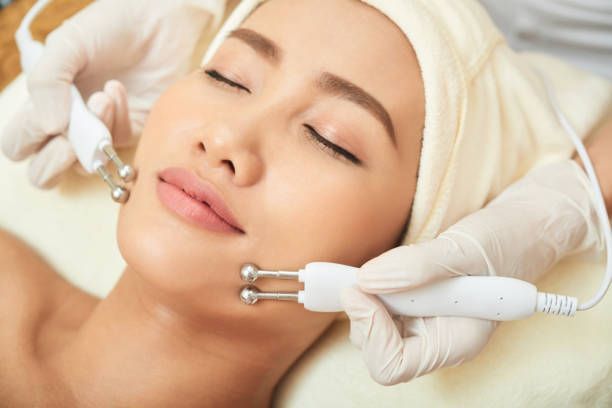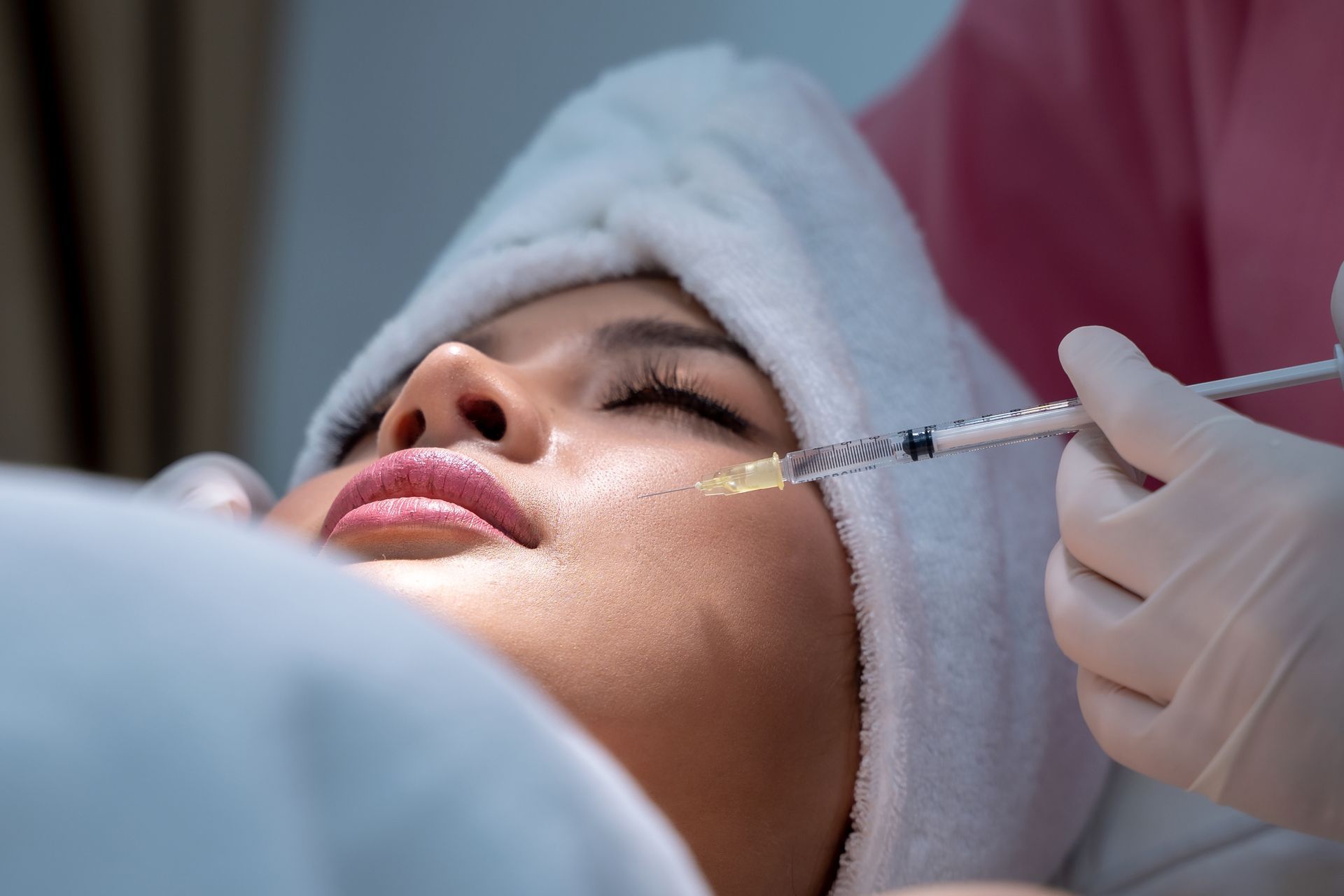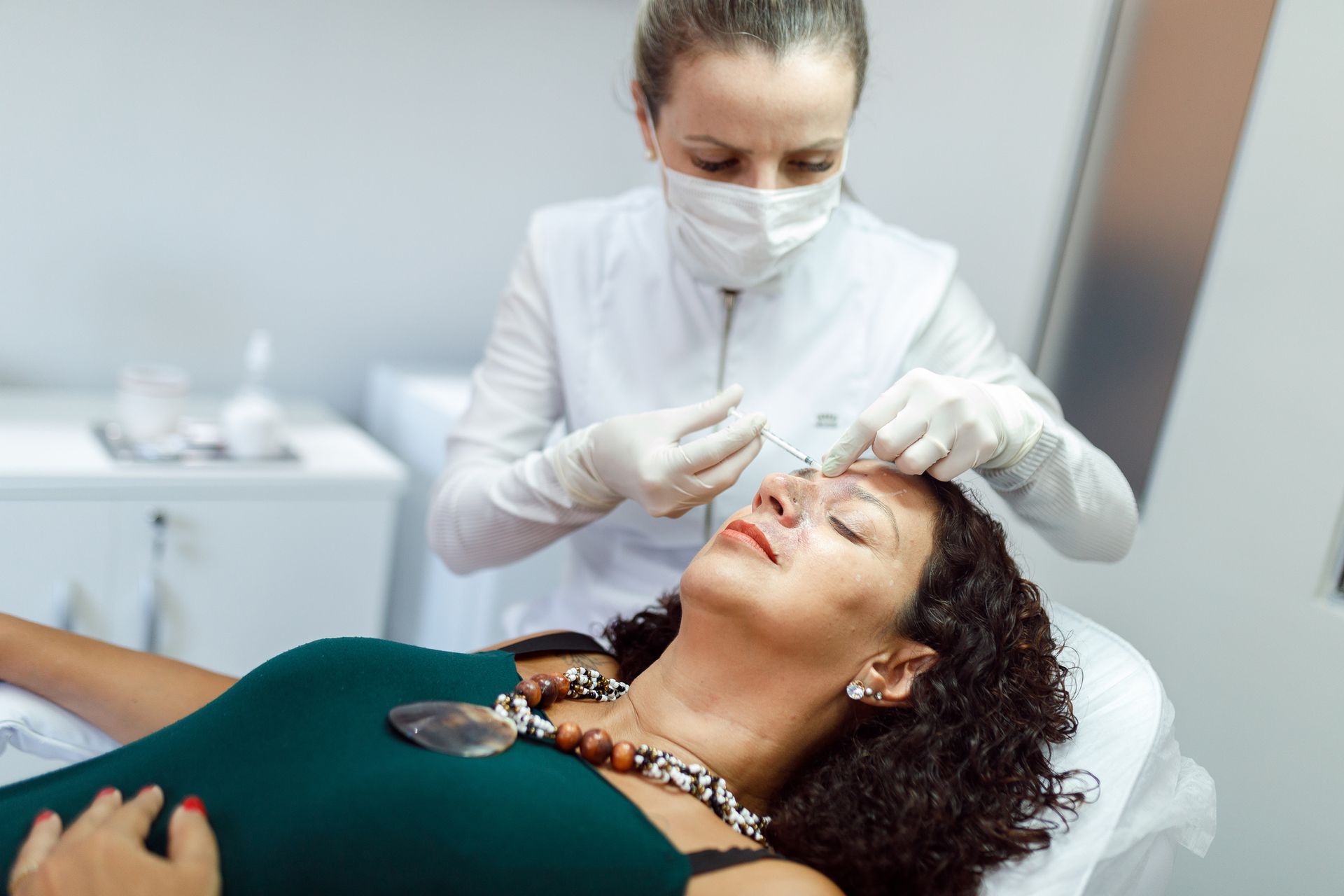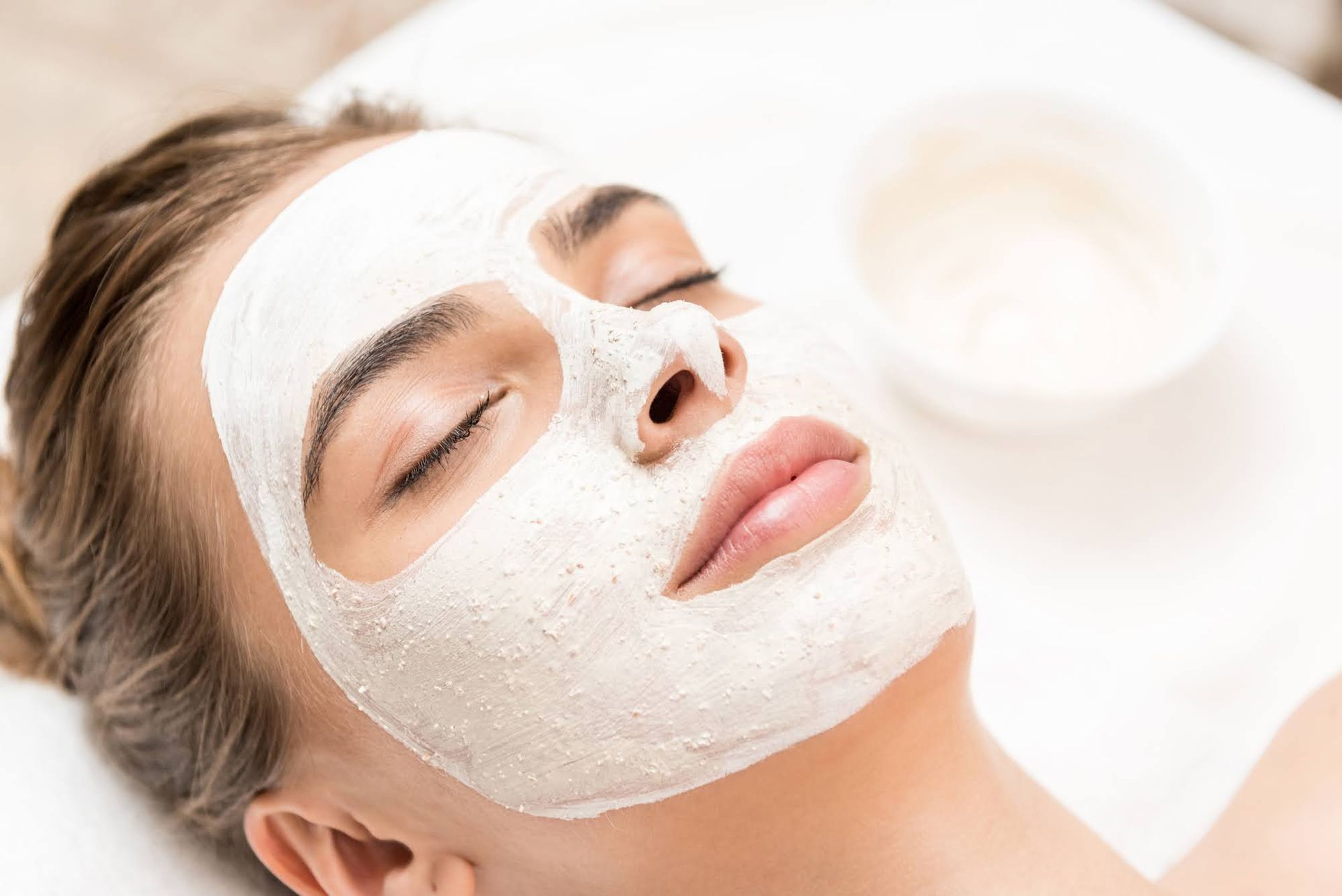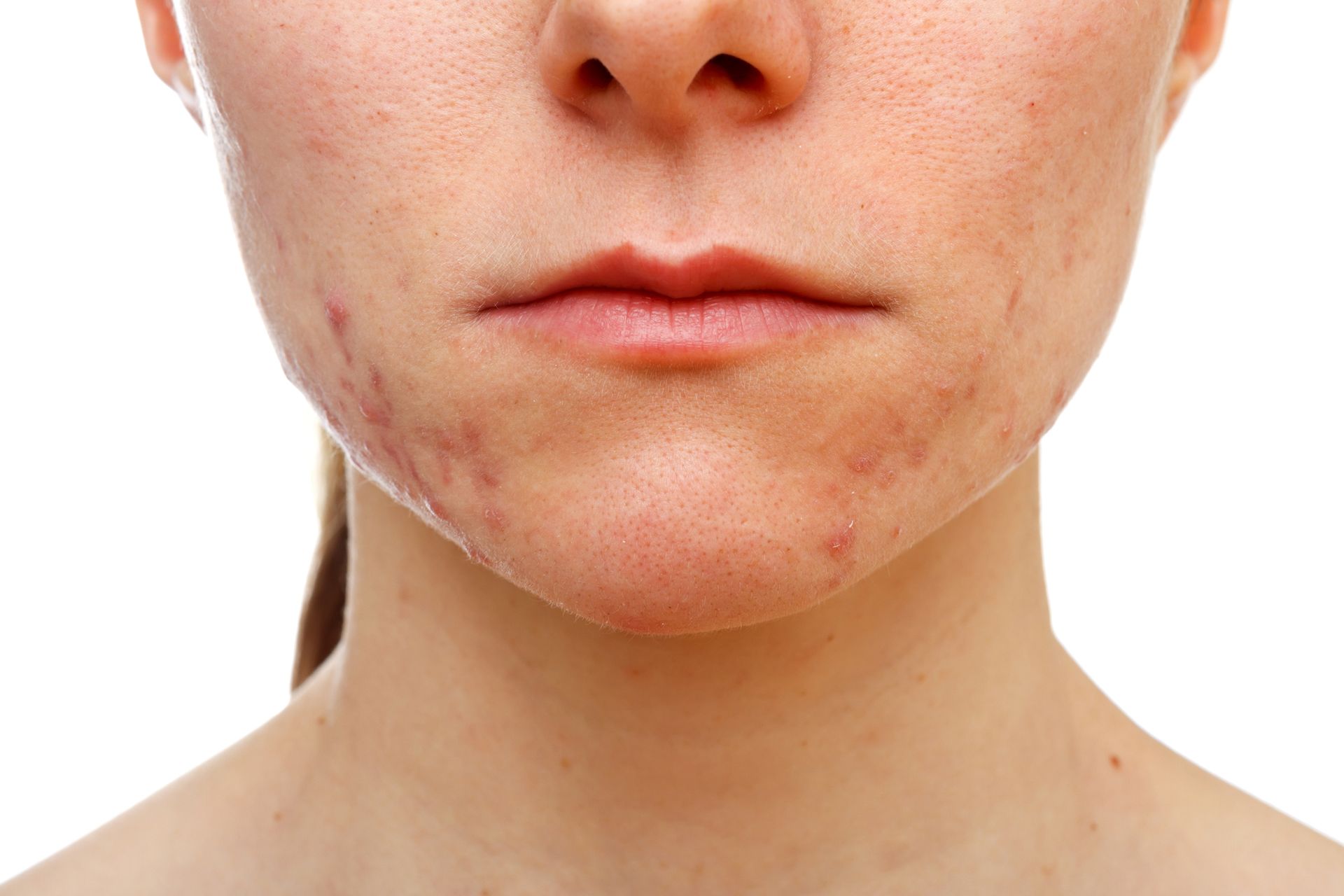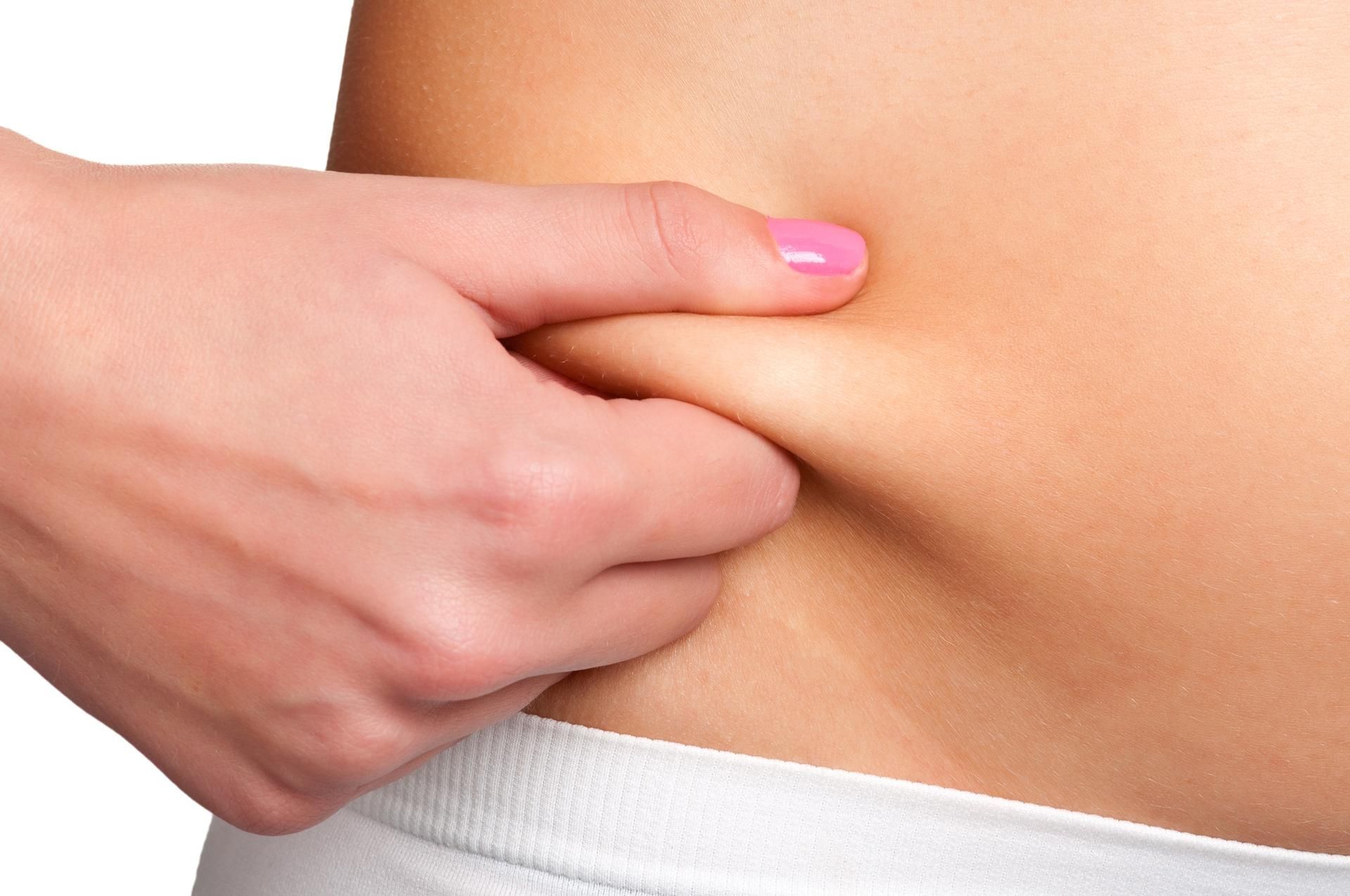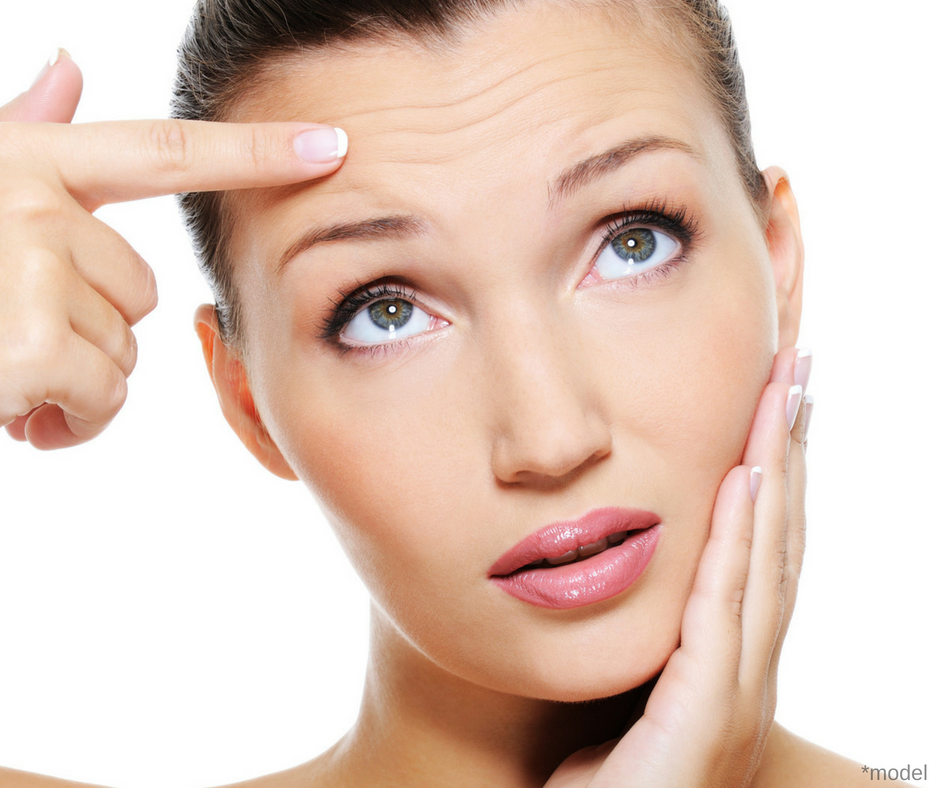Decoding the Science Behind Chemical Peels: A Deep Dive

A glowing, smooth, and clear skin is a dream for many. But achieving that flawless skin requires effort, patience, and a bit of science.
One of the most popular cosmetic treatments today is a chemical peel. This non-invasive treatment works wonders on the skin, leaving it rejuvenated and radiant. If you'd like to know how a chemical peel works, read on for an in-depth look into the science behind this popular procedure.
What Chemical Peels Can Do for You
At its core, a chemical peel is a technique that improves the appearance of the skin using a chemical solution to exfoliate away the skin's top layers. In other words, the technique helps peel off the outer layer of the skin, which contains dead skin cells, dirt, oil, and other impurities.
The chemical solution in the peel dissolves the bonds between the dead skin cells, which allows these cells to slough off easily. This process triggers the skin's natural healing response, which stimulates collagen production and cell renewal. The new skin revealed is smoother, softer, and more youthful-looking.
Types of Chemicals Used During the Procedure
Chemical peels are typically made up of alpha-hydroxy acids (AHAs), beta-hydroxy acids (BHAs), or trichloroacetic acid (TCA).
AHAs, such as lactic acid and glycolic acid, are water-soluble and work best on the surface layer of the skin. They are ideal for treating fine lines, hyperpigmentation, and uneven skin texture and tone. These are the most popular types of chemical peels, and they have no downtime.
BHAs, such as salicylic acid, are oil-soluble and are more penetrative, making them ideal for treating acne-prone skin. These peels also have no downtime but may cause some redness and irritation.
TCA is a stronger acid that penetrates deeper into the skin and works well for treating wrinkles, age spots, and other signs of aging. This type of peel requires more downtime and may cause some redness and mild irritation. But the results can be impressive.
Keep in mind that chemical peels are available in different strengths, from light to deep, depending on the skin's concerns and desired results. For instance, light peels effectively treat mild wrinkles, acne, and discoloration. On the other hand, deep peels can treat severe wrinkles, sun damage, and acne scars.
But you can't just pick any chemical peel off the shelf and expect amazing results. You'll need help from a certified professional who will select the best peel for your skin type to ensure maximum efficacy and safety.
How Experts Perform the Procedure
Before you undergo a chemical peel, a professional will first cleanse your skin and apply a topical anesthetic to reduce any discomfort. Then, they will apply the chemical solution in layers with a cotton swab, brush, or spatula.
Once the solution has been applied to your skin, it will need to remain on the skin for a certain amount of time, depending on the type of peel used. Once the time is up, the professional will remove the solution with a wet cloth.
Once the peel is complete, your skin might feel sensitive and irritated. You'll need to use a gentle cleanser, moisturizer, and sunscreen for the next few days to protect your skin from sun damage and keep it hydrated.
Chemical peels are a safe and effective way to improve your skin's appearance, but they will only work best if you use the right type of peel for your skin's needs and follow a good skincare routine. You also need to practice patience and consistency, as results take some time to appear.
Schedule a consultation with us at Ageless Rejuvenation Center to learn more about how a chemical peel can help you achieve the glowing and youthful skin you desire. Let us help you reveal the vibrant, glowing skin that's within reach!

